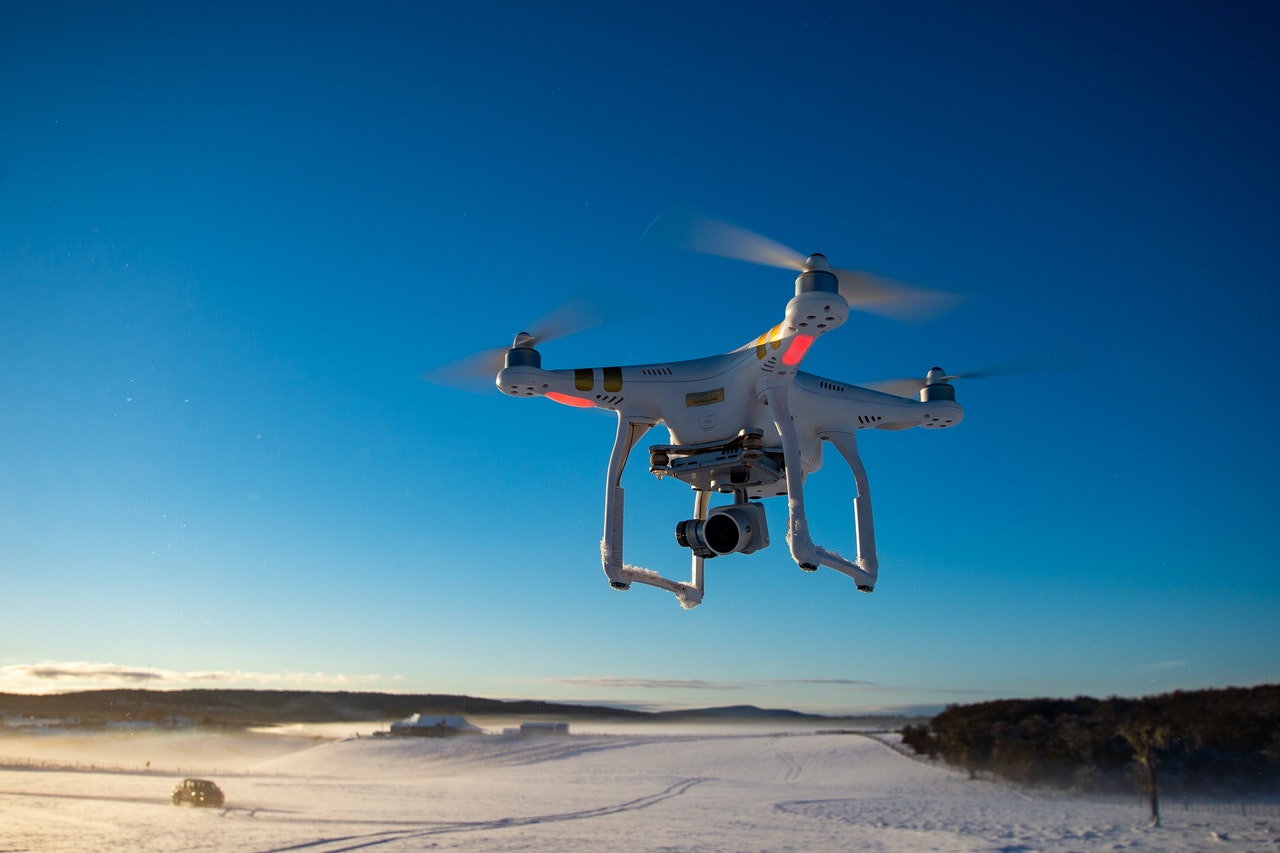The current crisis caused by the Covid-19 has hit the aviation industry hard by the fall of civil aviation and commercial lines, which have experienced an unprecedented fall due to instability and restrictions at international level.
Given this scenario, drones and military aviation, two market niches that had already been stepping strongly, are now presented as the possible driving forces for the recovery of the aviation industry.
Unmanned aerial vehicles
New European regulations
2021 is an important year for the development of the drone sector, since in January the new European regulations will come into force with which the European Aviation Safety Agency (EASA) aims to unify the common standards of airworthiness and airspace management within the EU regardless of size or weight. This will provide a common regulatory framework for all scenarios and adjusted to the current reality, a demand that has been made for years.
The new standard applies to all unmanned aircraft (Unmanned Aerial Systems), whether autonomous or remotely piloted, and regardless of their mass or use. Only drones and military personnel, search and rescue, police, customs and border control agents, firefighters, coastguards and other security forces and various authorities will be exempt.
- Classification of drones according to their maximum mass at takeoff (MTOM), from 250 gr to more than 25kg.
- Direct Electronic Remote Identification during the flight.
- Creation of a UAS and operators registry.
- Definition of geographic areas where states can allow, restrict or exclude drone operations to control and avoid risks to public safety, privacy and data protection, and environmental risks.
- Three operational categories, according to the risk level of the operation:
- Open for low-risk operations, without operator authorization or declaration
- Specific for medium risk, with aeronautical safety study, operator declaration or EASA authorization
- Certified for high risk flights, with a certified operator and UAS and licensed pilot.
Logistics and delivery, on the rise
According to the report on the drone market in 2020, the global drone market will grow from $22.5 billion in 2020 to over $42.8 billion in 2025, with an average annual growth rate of 13.8%. Inspection remains the main method of implementation of drones, but the greatest growth is expected in the transport and delivery of goods with drones.
Although the image of drones flying over our cities to make home deliveries is still a fantasy, it is expected that with the new European regulations there will be increased testing in more rural or isolated areas for the delivery of essential or health goods. At first it will only make sense to deliver drones in products with high added value, which will be expanded as operational costs fall. We are already seeing this with the unmanned helicopter of the Nordic Unmanned company, for example, which delivered a spare part to an oil platform located 100 km from the coast and which also simulated an inspection and rescue operation. Likewise, in addition to the deliveries, the future of the drones evolves strongly towards the last mile and the realization of inventories in a completely autonomous way.
Military Aviation
Linked to the drone market, military aviation is presented as the other key activity to pull the recovery of the aviation sector in the face of the fall of civil aviation.
European FCAS
In this sense, the Future Combat Air System (FCAS), the new European fighter plane that will replace the ‘eurofighter’, is an important bet by Germany, France and Spain. With a total budget of 200,000 million euros, this initiative will develop satellites, unmanned planes and state-of-the-art ballistic missiles that will be an incentive for the supply chain of the companies that are leading the project-Indra in Spain, Dassault in France and Airbus in Germany.
Military drones
There are also many advances at the intersection of military aviation and unmanned vehicles, which is not surprising, since the very origin of drones lies in military aviation. Currently, one of the most promising programs in this regard is that carried out by Boeing Australia or the Kratos XQ-58 Valkyrie in the United States, which have created a swarm of drones to protect manned fighters. The idea is that the pilot can handle a group of 4-6 drones that surround his ship with intelligence, surveillance, reconnaissance, tactical support or early warning missions, while serving as protection against any attack or threat, interposing themselves before the missile and sacrificing themselves to protect the fighter.
Likewise, the Predator B is the first attack drone designed for long duration and high altitude surveillance, and can also incorporate missiles. This has already been incorporated by the Spanish Air Force, for example, and is a good example of how self-propelled ships are becoming more widespread in the military aviation sector.
